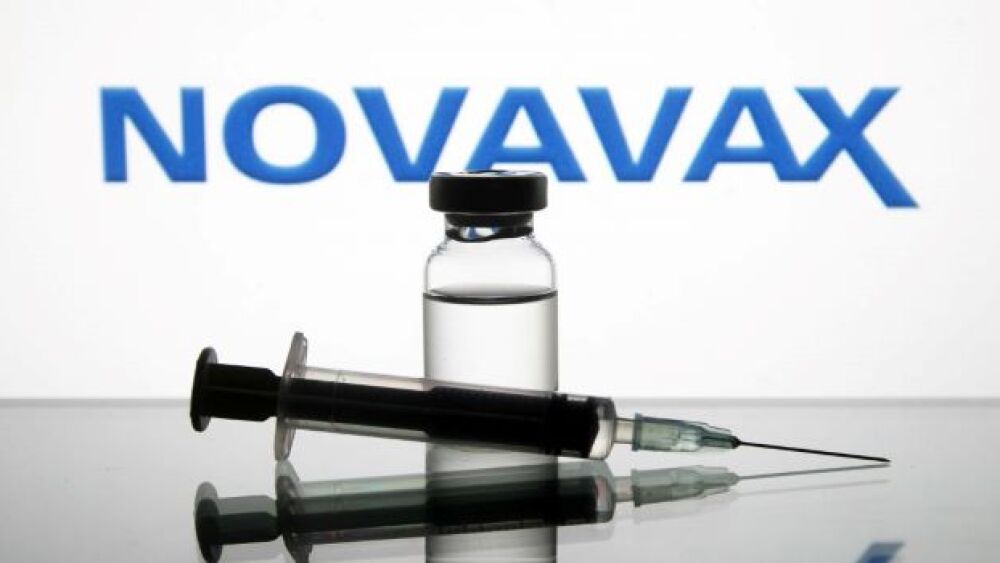They expect to share the complete findings with regulators in the upcoming months and make a final decision on whether to continue the clinical trial.
GENFIT, based in Lille, France and Cambridge, Massachusetts, announced that its elafibranor in non-alcoholic steatohepatitis (NASH) failed an interim analysis of the RESOLVE-IT Phase III trial.
NASH is a metabolic and liver disease similar to cirrhosis of the liver but occurs in patients who do not drink alcoholic excessively. It is related to the obesity and diabetes epidemic. There are no specific approved treatments for NASH.
The company reported that the trial failed to hit the predefined primary endpoint of NASH resolution without fibrosis—scarring—growing worse. The trial evaluated 1,070 patients. Of the 717 patients in the trial who received elafibranor, the response rate was 19.2% compared to 14.7% in the placebo cohort. On the fibrosis key secondary endpoint, the elafibranor cohort, 24% achieved fibrosis improvement of at least one stage compared to 22.4% in the placebo group. Another key secondary endpoint associated with metabolic parameters also failed to achieve statistical significance.
“These results are highly disappointing, not only for the Genfit team, but also for patients and healthcare providers as there continues to be considerable unmet medical need in the NASH space,” said Pascal Prigent, chief executive officer of Genfit. “The Genfit team is actively reviewing the full interim dataset and will be conducting additional analyses, to gain a clearer understanding of the higher than anticipated response rates in the placebo arm.”
They expect to share the complete findings with regulators in the upcoming months and make a final decision on whether to continue the clinical trial.
Prigent added, “In parallel, we continue as planned with our NIS4 and Phase III PBC (primary biliary cholangitis) programs, which are independent of our NASH program with elafibranor. We will provide updated guidance on our global corporate strategy later in the year, once we have more clarity on the regulatory implications of the RESOLVE-IT interim readout, as well as more visibility on the evolution of the impact of the worldwide pandemic on our ongoing studies.”
Company shares plunged almost 50% in after-hours trading at the news. This was consistent with a prediction by Thomas Smith, an SVB Leerink analyst, who predicted in April only a 55% percent likelihood of the drug hitting the primary endpoint and a 40% chance of missing it, with a 5% possibility the drug would have a safety issue. The drug missed the worst-case scenario, showing no new safety and tolerability issues, which at least won’t tank the company’s PBC trial hopes. Smith also predicted the company shares would drop 60% if the trial missed the primary endpoint.
NASH has been an elusive target, with Gilead Sciences’ selonsertib failing two Phase III trials for the indication in 2019. The company closest to an approved drug is Intercept, whose obeticholic acid (OCA) is under review by the U.S. Food and Drug Administration (FDA). It was scheduled for a decision by March 26, but the agency set an advisory committee meeting for April, which due to the COVID-19 pandemic, has since been tentatively rescheduled for June 9, with a rescheduled target action date of June 26.
Genfit’s elafibranor is a class of NASH drugs known as PPAR agonists. These drugs increase insulin sensitivity and increase tissue metabolism.
Of the trial, Stephen Harrison, hepatologist and medical director of Pinnacle Clinical Research in San Antonio, Texas, said, “NASH is a complicated, heterogeneous disease, and the results of the RESOLVE-IT Phase III study of elafibranor in NASH demonstrate this significant hurdle. Placebo response was higher compared to some other late phase trials, and it will be important for the field to understand variations across all trials.”





